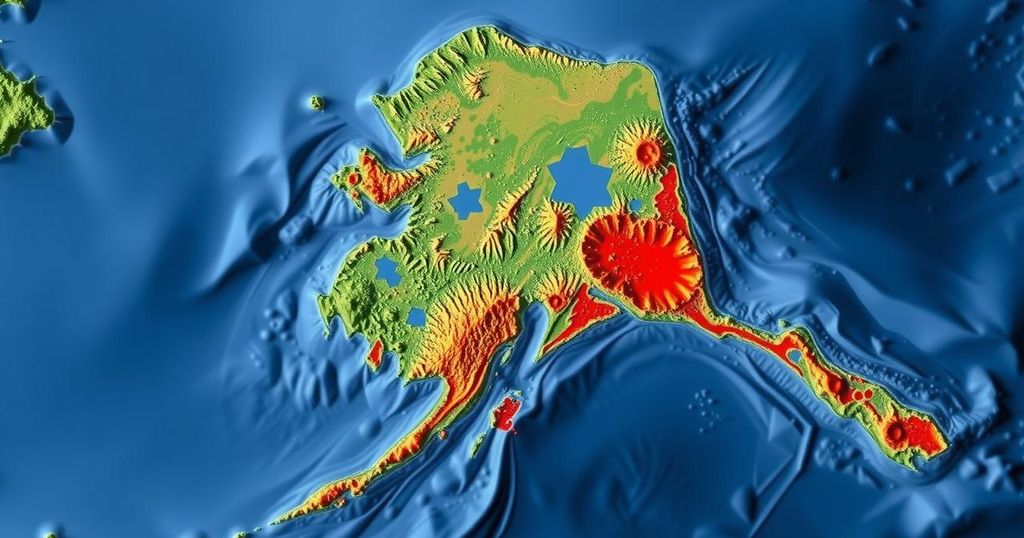A magnitude 1.2 earthquake occurred on November 25, 2024, 28 miles east of Sutton, Alaska, at a depth of 11.3 miles. The event has not been reviewed by a seismologist, and significant nearby cities include Palmer and Anchorage. Seismic activity in Southcentral Alaska results from various tectonic settings, notably the megathrust fault between the Pacific and North American plates.
On November 25, 2024, an earthquake of magnitude 1.2 was recorded approximately 28 miles east of Sutton, Alaska, at a depth of 11.3 miles (18 km). This event occurred at 03:08:30 AKST (12:08:30 UTC) but has not undergone review by a seismologist. The nearest major cities were Palmer, Hatcher Pass, Wasilla, and Anchorage, with distances ranging from 36 miles to 69 miles from the epicenter. The earthquake is emblematic of the seismic activity prevalent in Southcentral Alaska due to its tectonic settings.
The tectonic features contributing to earthquakes in Southcentral Alaska are diverse. The most significant activity arises from the megathrust fault at the junction of the subducting Pacific Plate and the North American Plate, exemplified by the historic Great Alaska Earthquake of 1964. Intermediate-depth seismic activity occurs within the Wadati-Benioff Zone, where the Pacific Plate descends beneath the North American Plate. This zone is responsible for notable earthquakes such as the 2016 Iniskin and the 2018 Anchorage earthquakes, both producing substantial ground shaking and infrastructural damage.
Additionally, crustal seismicity in the region can be traced to the Cook Inlet basin, the Castle Mountain Fault, and a broad expanse of diffuse seismicity between Cook Inlet and the Denali Fault. Historical evidence shows that the Castle Mountain Fault, situated north of Anchorage, has produced significant earthquakes, including the 1984 Sutton earthquake. The pervasive seismic activity across this area points to a complex geological relationship between the Bering microplate and the southern Alaska block, often preceding the occurrence of substantial geological disturbances.
The study of earthquakes in Southcentral Alaska is critical given the region’s geographical positioning along active tectonic boundaries. The tectonic environment is shaped predominantly by the Pacific and North American plates, where the former is known to subduct, leading to frequent seismic events. Understanding these geological features is vital for earthquake preparedness and mitigating potential damage in urban centers situated within proximity to seismic zones.
In summary, the magnitude 1.2 earthquake near Sutton on November 25, 2024, serves as a reminder of the seismic hazards present in Southcentral Alaska. The tectonic activity, derived from the Pacific and North American plates, combined with crustal seismicity from various geological structures, highlights the necessity for ongoing research and preparedness to address the implications of such natural phenomena in the region.
Original Source: earthquake.alaska.edu






